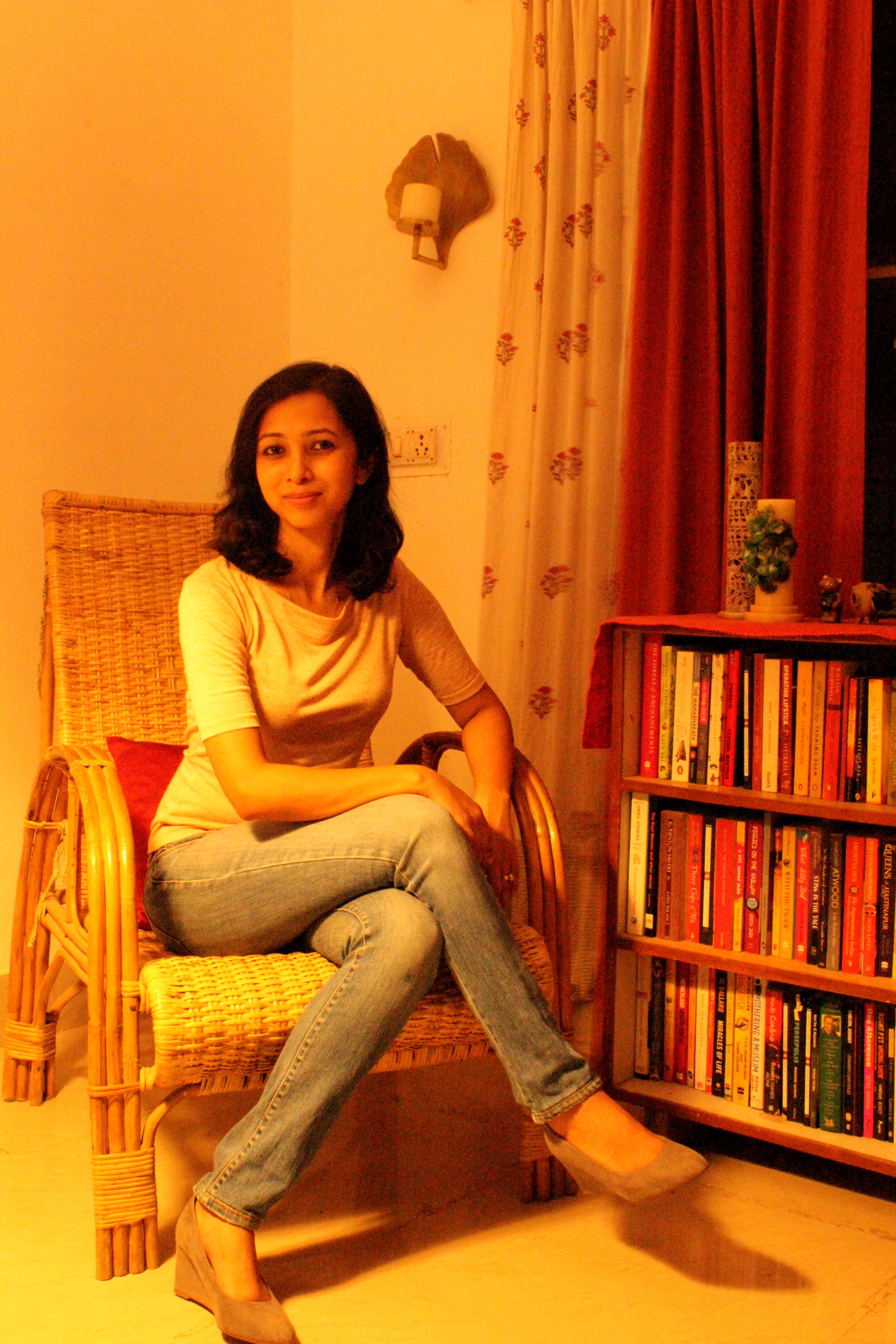When the Magic Takes Over: The Qawwals of Nizamuddin
- Azera Rahman

- May 28, 2007
- 3 min read

It's Thursday evening, and walking down the narrow alley in south Delhi's Nizamuddin en route to the Dargah Hazrat Nizamuddin can be quite a challenge. Jostling through the heavy crowd and resisting hordes of persistent beggars, you just might get tempted to change your mind. But as you draw closer, the faint sound of the 'qawwali', the eternal Sufi song, reaches your ears. And the magic takes over.
After passing through the labyrinth of lanes, both sides of which are huddled with numerous shops selling rosaries, flower trays, incense sticks, prayer mats and prayer books, one reaches the Dargah's premises.
Even in the ocean of voices and fevering prayers of people from every caste and creed who come to the Dargah, the sound of the qawwals or Sufi singers stand out and makes one take a seat and be enthralled by it.
Sitting with their harmoniums in the central courtyard of the Dargah, the qawwals sing with passion and whole-heartedly, creating a euphoric ambience. As their voices rise and fall, the heat, the sweat or any other discomfort that one might have, simply evaporates.
People gather in hundreds, some standing and others sitting cross-legged. No one is complaining; no one is pushing. Probably it's because of the spell that the singers create; even in the sweltering heat with no fans, people enjoy the music in peace.
Fredrick Crisman, a British tourist, said: "I was simply awestruck. I didn't understand a word they sang but somehow I connected. I have heard Sufi music before but it was nothing like this."
Agreed his friend Alice. "I have heard Nusrat Fateh Ali Khan and I think he is just awesome. But this gathering was something different. I thoroughly enjoyed it," Alice told IANS.
The beauty of Sufi music lies in the fact that it follows Sufism's inclusive tradition of religious non-discrimination. So there is a synthesis of the Hindu style of 'kirtan' (devotional songs) with Arabic and Persian poetry - to sing about the unity of god.
Qawwali began when the founder of the Chishti order of Sufism, Moinuddin Chishti, came from Baghdad to Ajmer, Rajasthan, in the 13th century. A century later, the artistic genius Amir Khusrau, who also is popularly recognized as the creator of the tabla and the sitar, organized what Moinuddin began, and qawwali was born.
One of the most popular stories the qawwals like to tell is of the 'Qawwal Bachche'. Hazrat Amir Khusrau wanted to do something special for his 'sheikh' (spiritual mentor) Nizamuddin.
So he found 12 especially talented young boys and trained them to perform the ragas he had composed. The sheikh was very pleased with their performance and these 12 boys became to be known as the 'Qawwal Bachche'.
The qawwals in Nizamuddin's dargah refer to themselves as Qawwal Bachche because they trace their lineage back to one of those 12 children.
Qawwali has been passed from father to son through the generations, with an emphasis on the children remembering the poetry and correct pronunciation of the words because many of the songs are in Persian.
The style has been allowed to adapt to the changing times in order to make the music appealing to each new generation. Changes include incorporating new rhythms and new instruments, such as the harmonium, introduced in the early 19th century and now synonymous with the qawwali sound.
As the qawwals at the Dargah sing tirelessly, people come and put crisp currency notes near their feet. It doesn't really matter how much one donates because no one asks for it. Those who give do it on their own will.
It's difficult to break yourself away. It's a special attraction for the tourists who flock the place, either sitting attentively with their heads duly covered or filming the entire experience.
The trance breaks as the qawwals take a break for namaaz. As you walk back through the same alley the noise seems much subdued, the aroma of the biryani and the haleem seems to fill the place and you don't mind the tugging and the pulling.
The spell is broken but not before leaving a smile on your face.




Comments